Looking down the valley towards Jamestown
St Helena is a small sub-tropical island in the South Atlantic. It is just six by ten miles, a British Overseas Territory and one of the remotest inhabited islands on Earth.
It has fewer than 4,000 permanent residents. I found all of those I met remarkably friendly, helpful, and unfazed by our presence. Life on the island seemed to move at a steady, unhurried pace – a rhythm that felt natural and true to the character of the place.

In 1815, the house shown below, situated at the head of the valley, provided temporary accommodation for Napoleon while Longwood House was being prepared for his prolonged stay in exile.
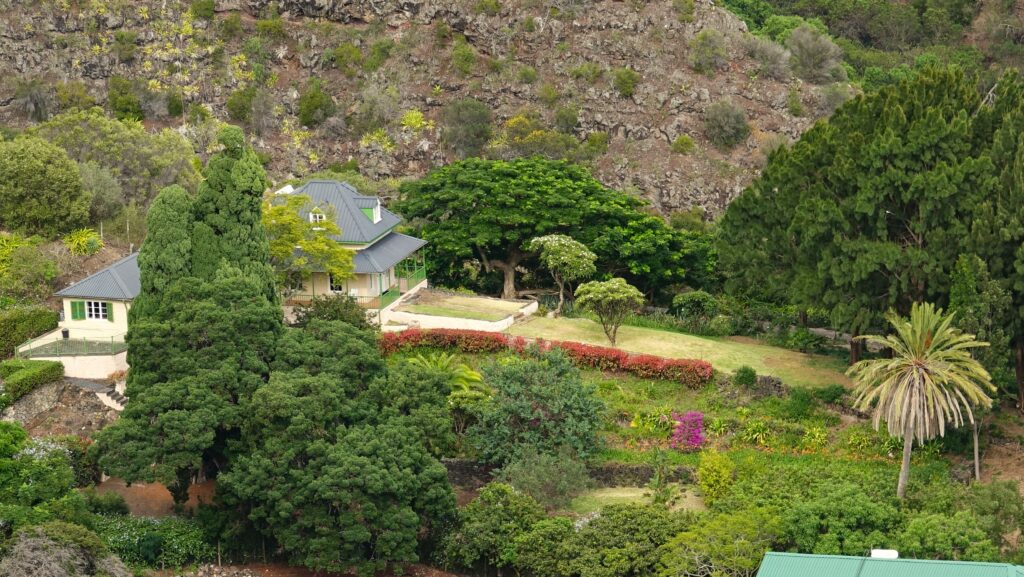
He died in 1821 and was laid to rest in the Sane Valley, a spot he had cherished during his time on the island, but in 1840 his body was exhumed and reburied in Paris.
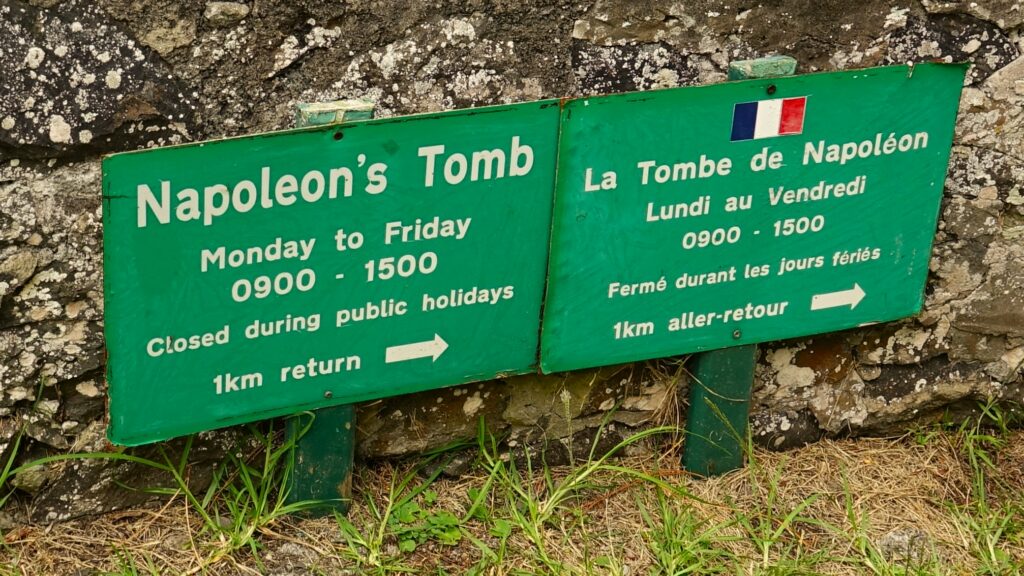
Now hundreds of visitors every year make the one kilometre trek to visit a stone block within iron railings, but it is a very pleasant walk to a charming location.
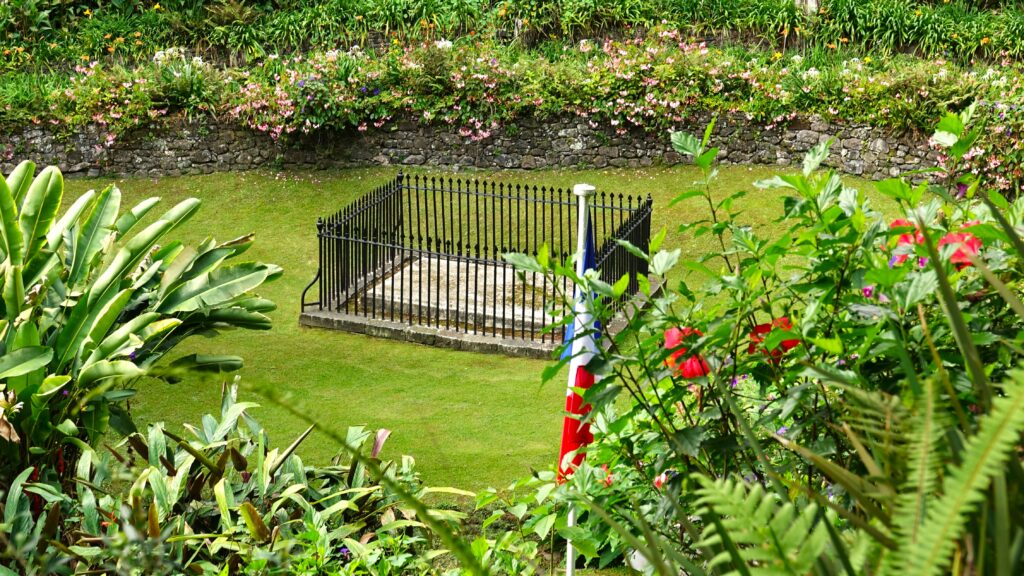
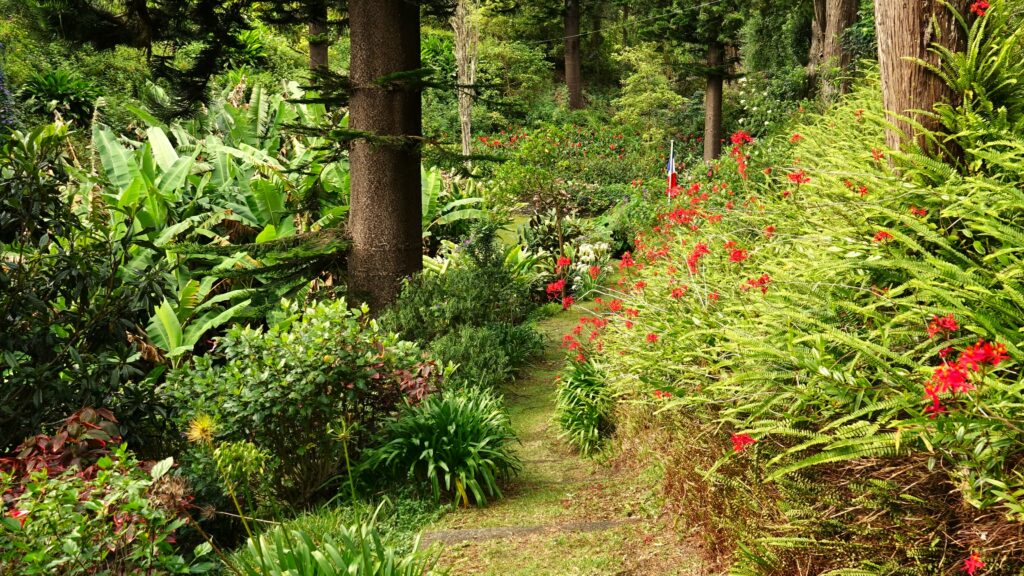
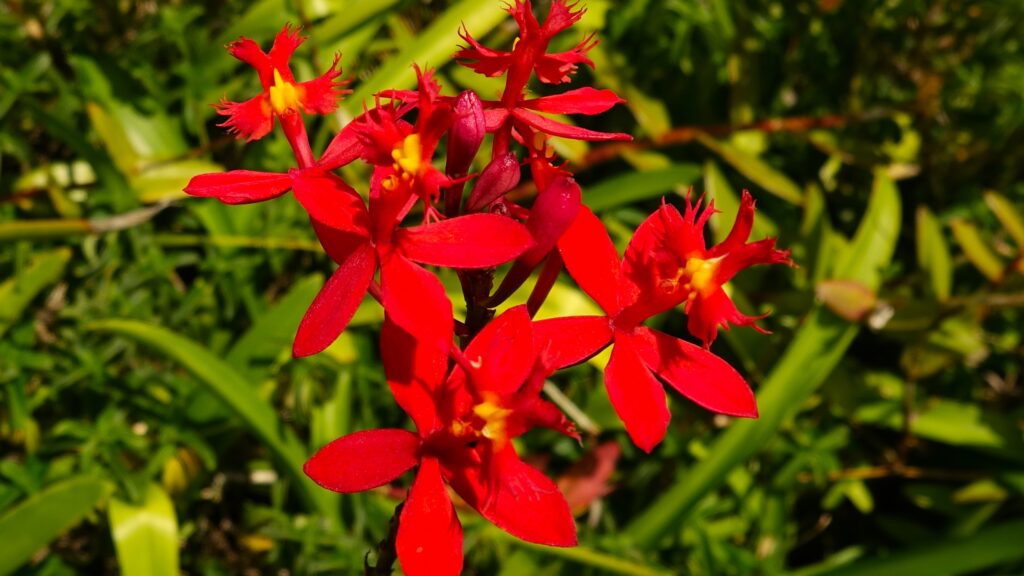
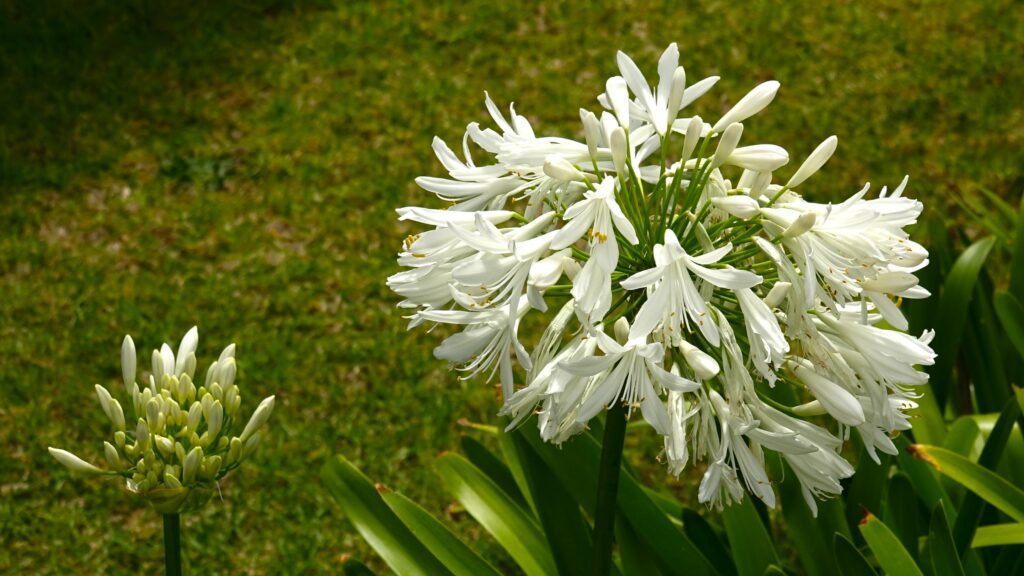
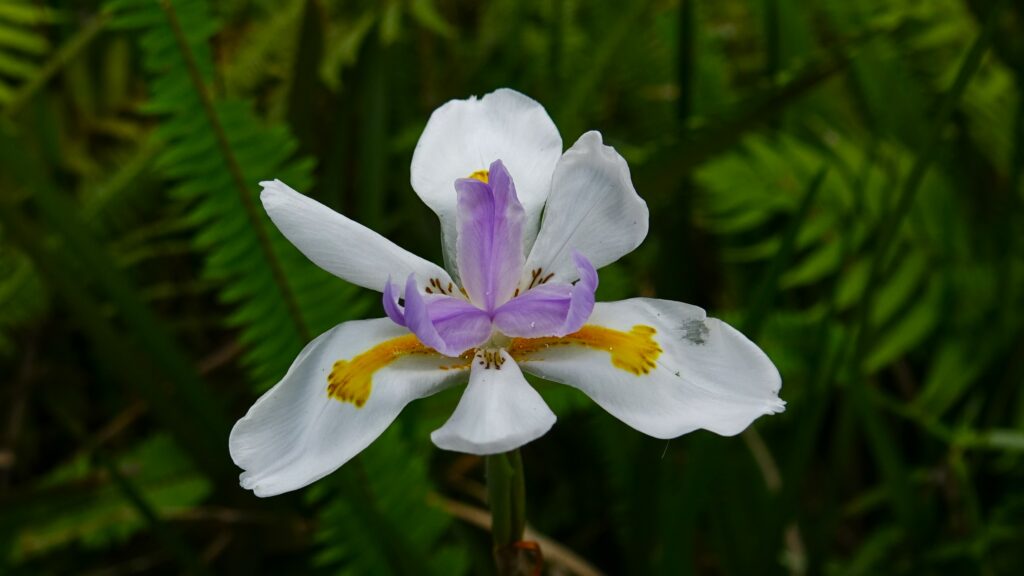
Below is a photo of Longwood House, Napoleon’s main residence with his retinue during his exiledom. It now houses a museum which is owned and managed by the French government.

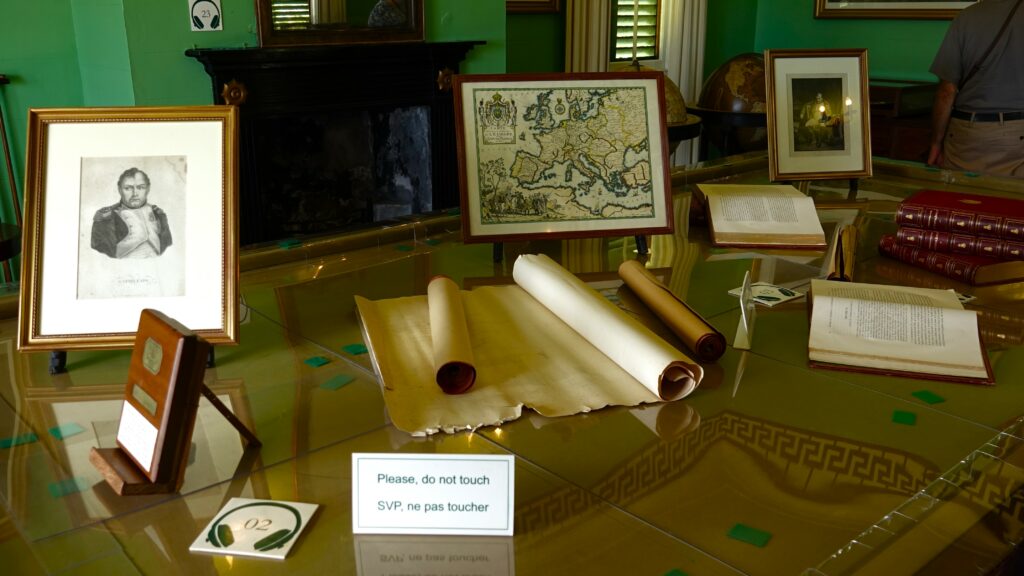
The museum features a charming souvenir shop, which kept most of our group occupied browsing the merchandise. Meanwhile, I took the opportunity to inquire with our guide about the possibility of spotting a ‘wirebird’ nearby. To my delight, he kindly offered to take two of us to a location, not too far away, where these fascinating birds could be found. Our efforts were rewarded, as we were fortunate enough to see several ‘wirebirds’ in their natural habitat. Below, are a couple of photos.
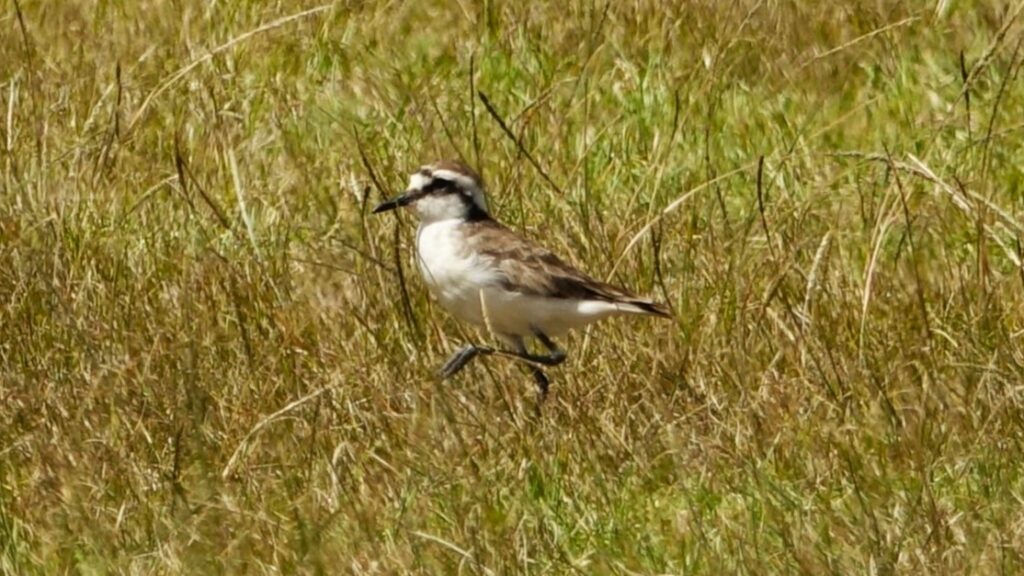
‘Wirebird’ is the local name for the St Helena Plover which is endemic to the island.

Concerned about the invasion by a boatload of pensioners, the St Helena police force were called into action. They soon had the situation under control.
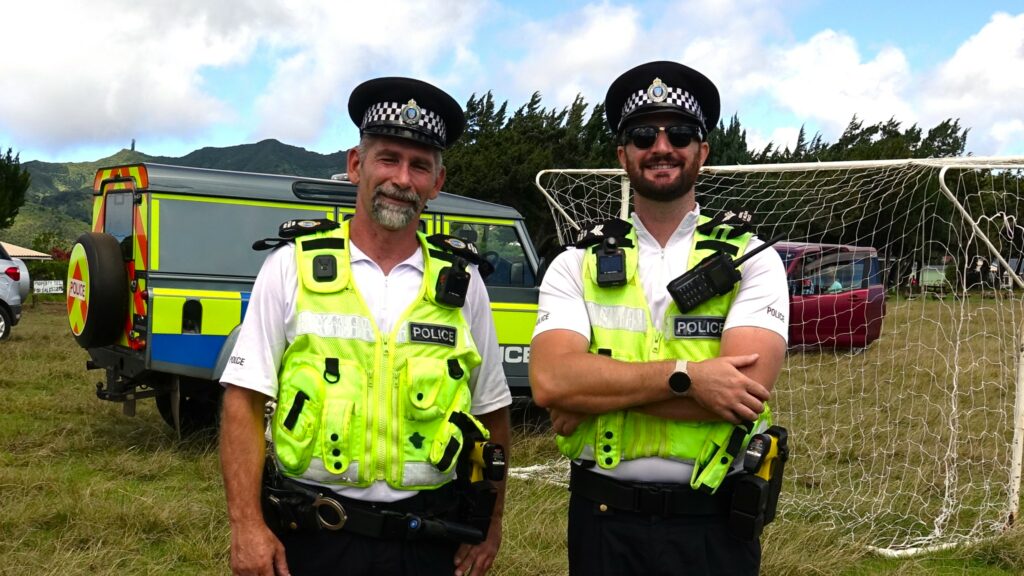
The two pictures below show ‘Stitches Ridge’ which runs across the centre of the island.
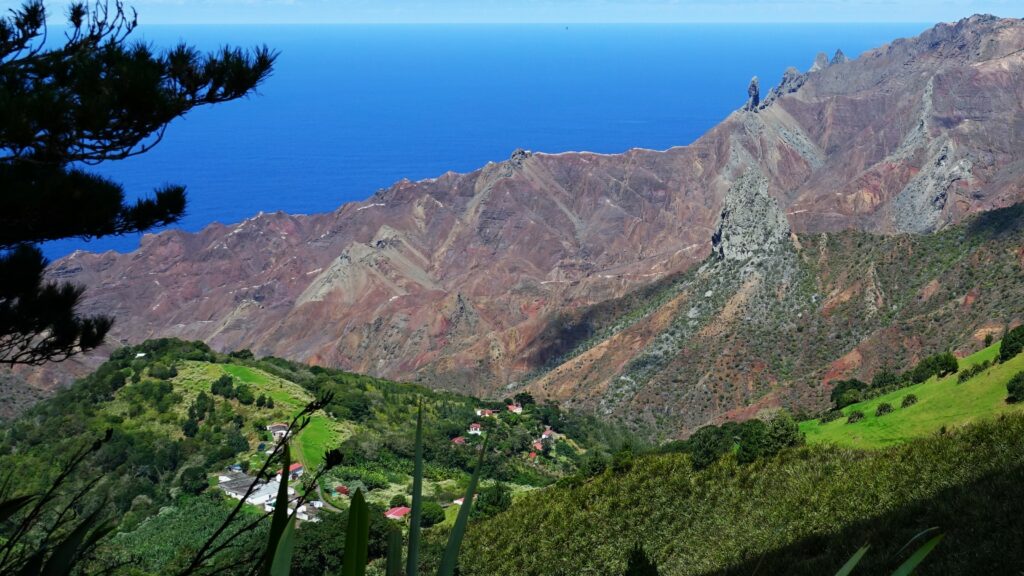
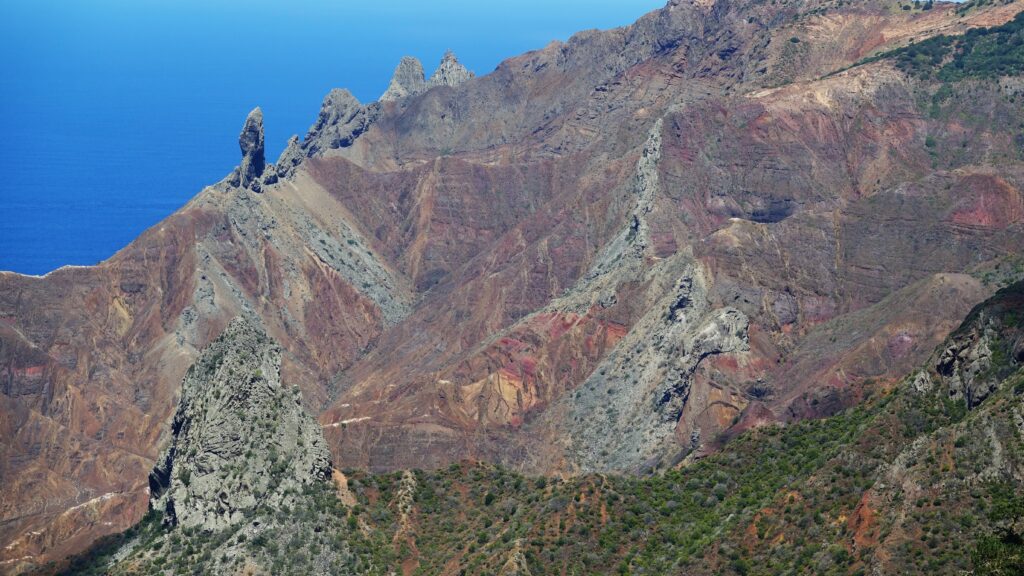
Plantation House is the residence of the island governor and was built in 1792. It is pictured below with, in the foreground, the islands oldest inhabitant meeting some of our group members.
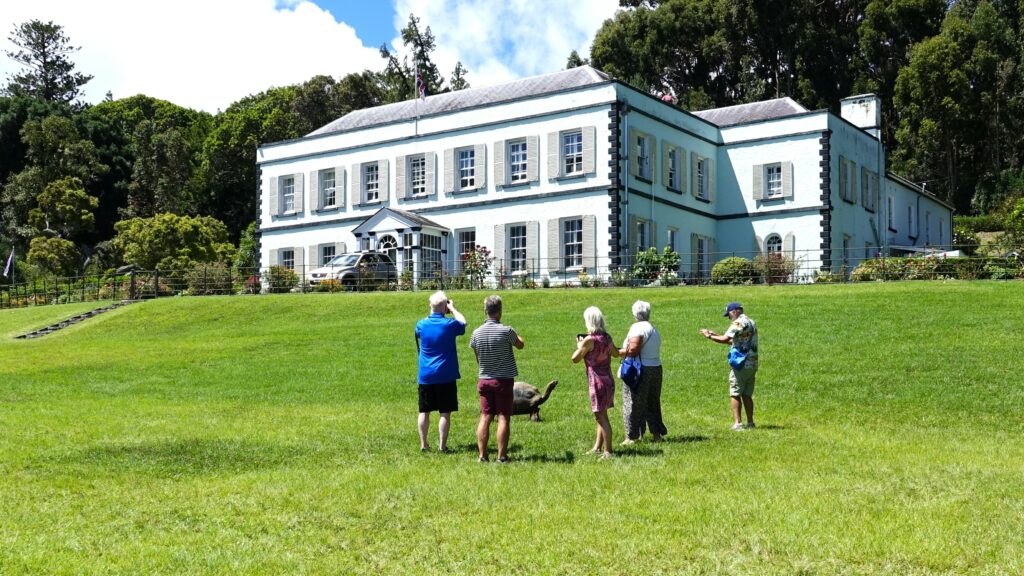
Johnathan, the giant tortoise, was born in 1832 making him at least 192 years old.
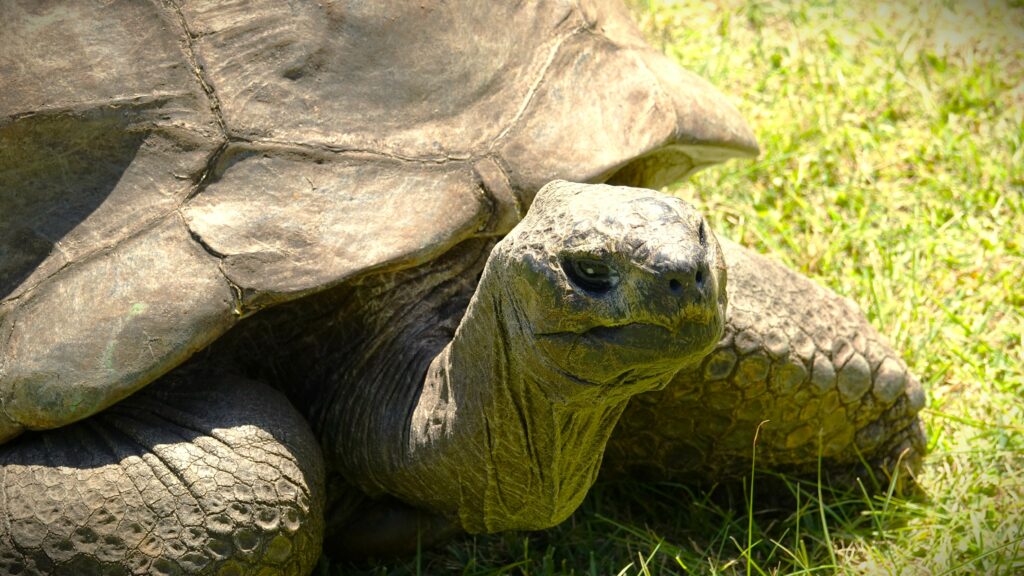

He now lives there with two slightly younger female giant tortoises and is quite sprightly for his age.
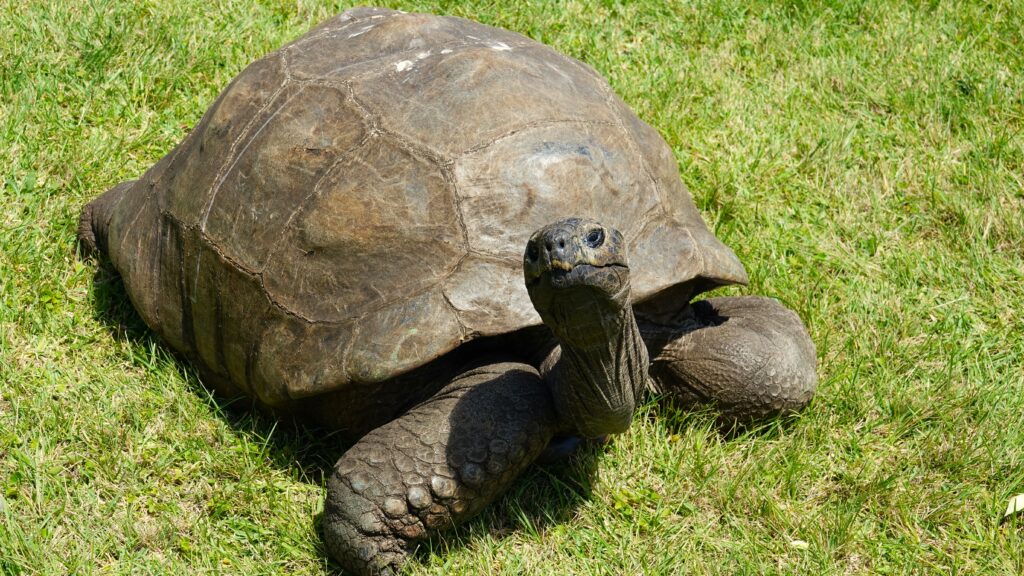
I think he was pleased to see us.
Jacobs Ladder, shown below, has 699 steps which are embedded into a steep cliff face. It was built in 1829 as an inclined plane, mainly to haul fertilizer up and produce down. It rises 600 feet.
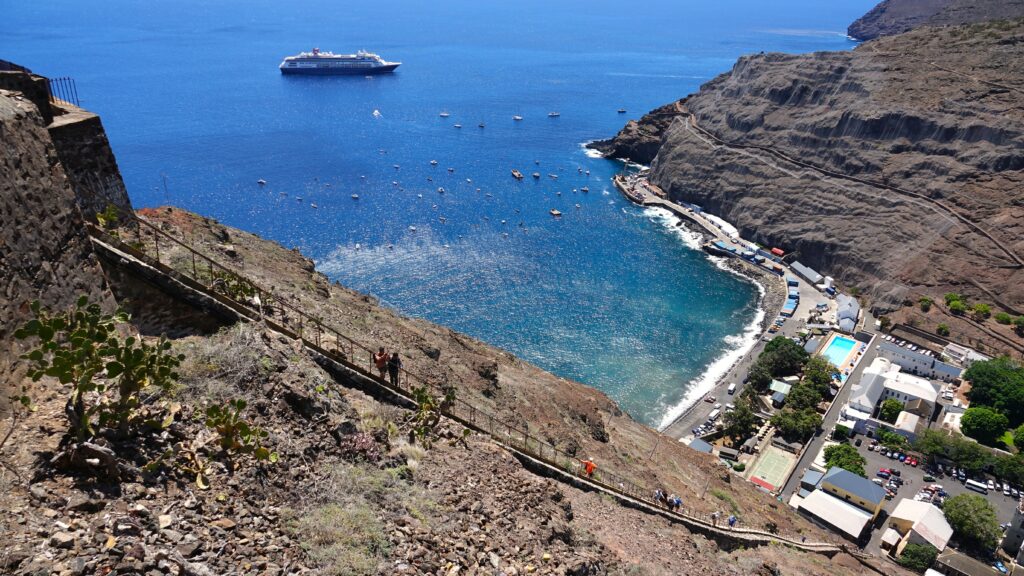
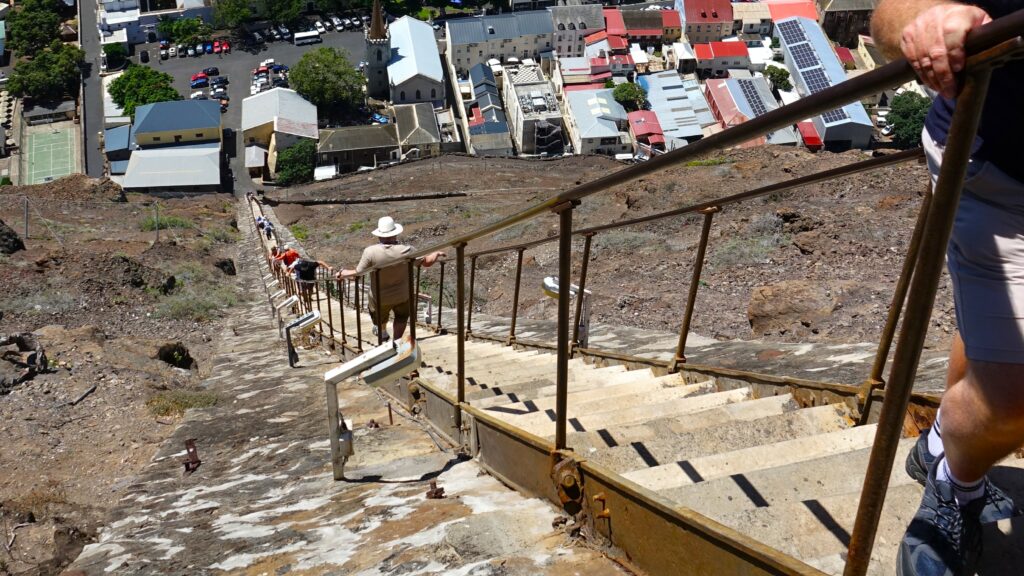
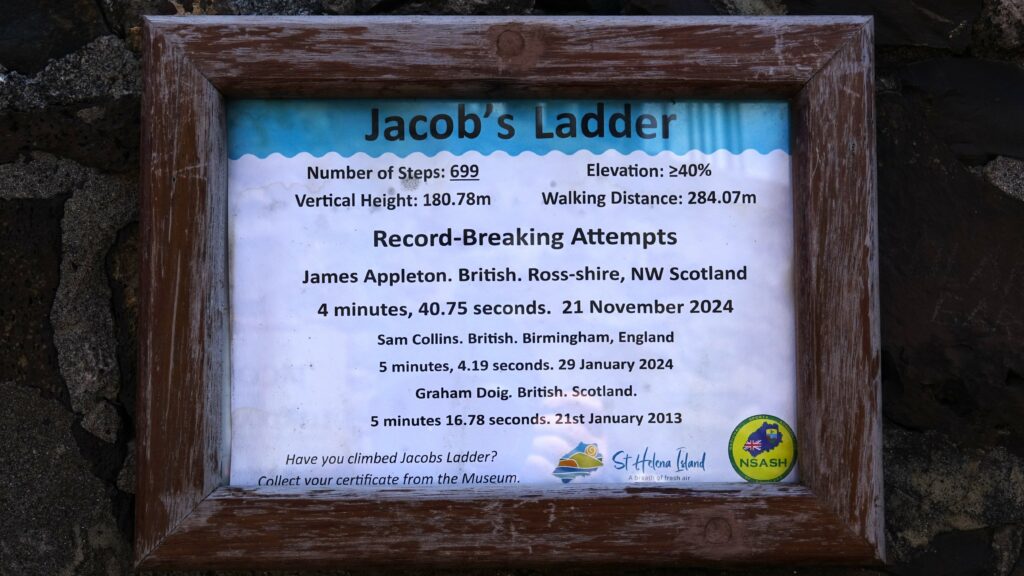


The photo above on the left shows large waves breaking in the harbour. The sea swell had worsened causing serious problems by preventing our tender boats docking safely in the main harbour for our return trip to the ship.
There were about 600 passengers stranded on the island. The problem was resolved by using every bus available to take everyone to a small port in another part of the island where the sea conditions were slightly better and where the tenders managed to moor.
One of the tender boats was damaged in the operation and a local boat was commissioned to assist in the exodus but we all arrived safely back onboard.
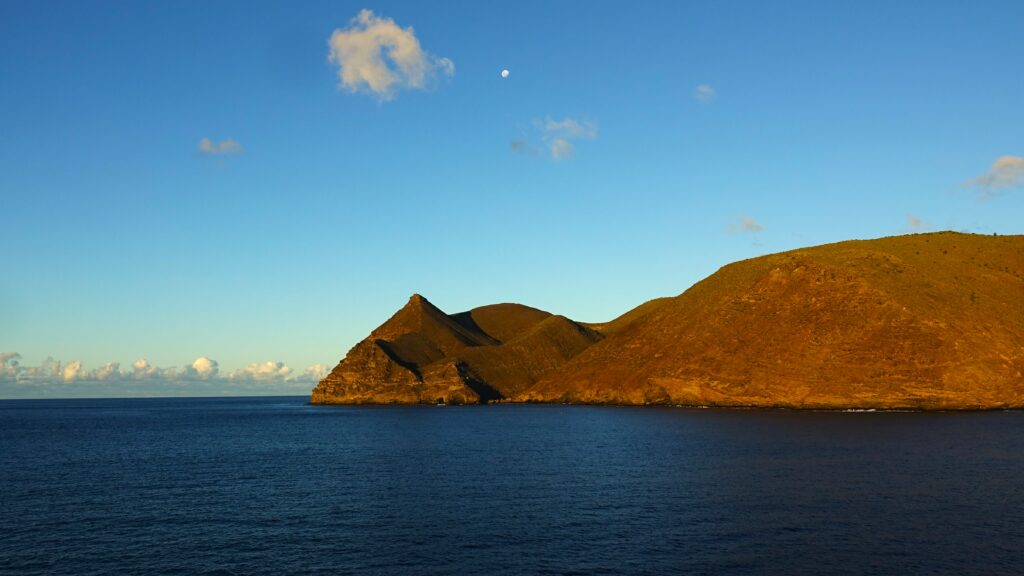
Our departure was delayed due to the difficulties with the tendering operation but we eventually set sail for our next port of call, Dakar in Senegal.
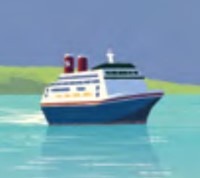
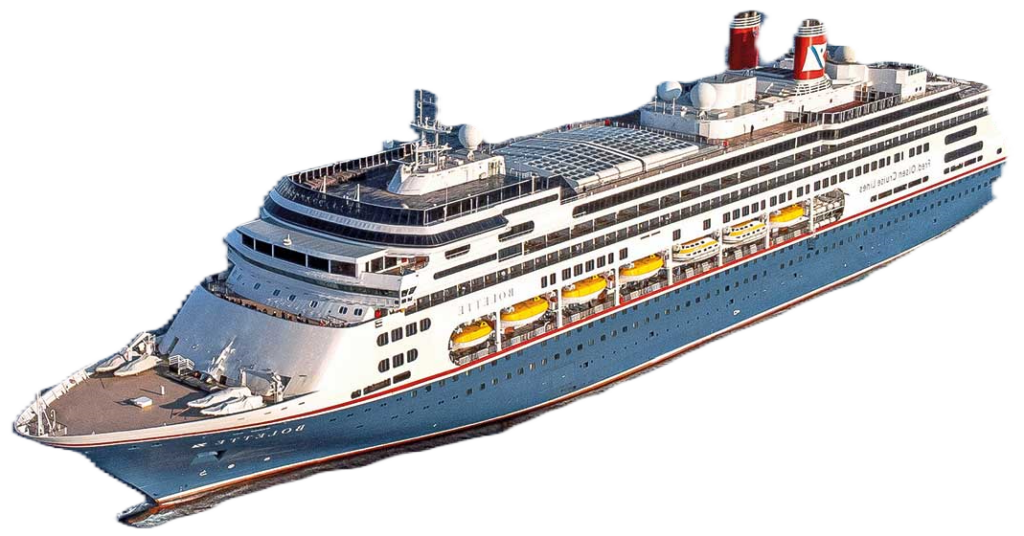
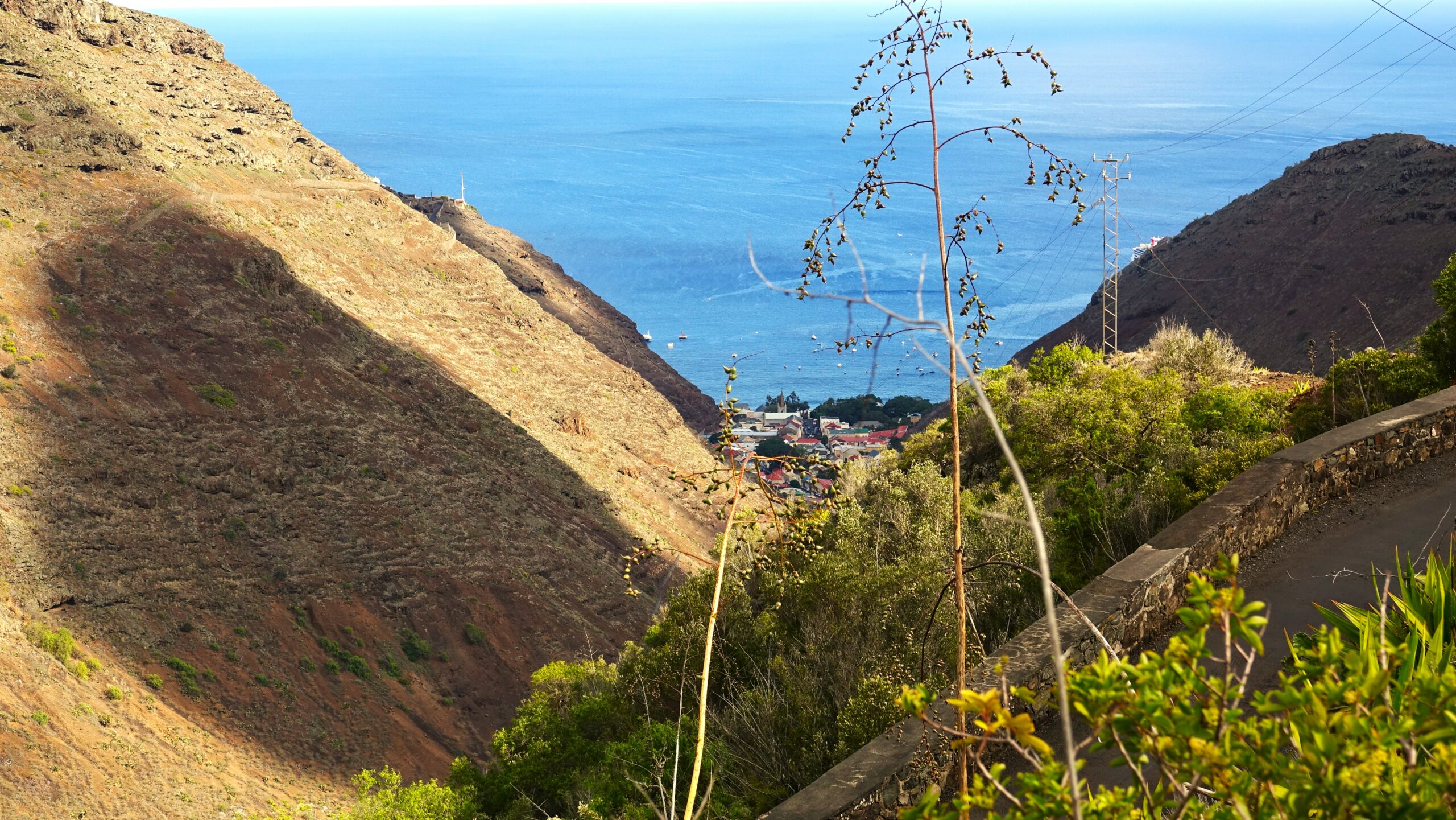
Leave a Reply